Physics-informed AI method could help make CRISPR safer on simons foundation.


Lex Fridman Podcast full episode: https://www.youtube.com/watch?v=NNr6gPelJ3EPlease support this podcast by checking out our sponsors:- Yahoo Finance: https:…

Diagnosing dementia early gives us more time to put precautions in place and to study exactly how the condition progresses – and a new method for predicting conditions such as Alzheimer’s disease is promising up to nine years of advance warning.
The method, developed by a team from the Queen Mary University of London in the UK and Monash University in Australia, involves a neurobiological model that analyzes brain scans captured by functional magnetic resonance imaging, or fMRI.
In tests, the model was more than 80 percent accurate at predicting the development of dementia. That has huge potential in terms of early diagnosis, and it also addresses another challenge: the large number of people with dementia who don’t get diagnosed at all.

Fifty-three years after a private plane carrying five men disappeared on a snowy Vermont night, experts believe they have found the wreckage of the long lost jet in Lake Champlain.
The corporate jet disappeared shortly after departing the Burlington airport for Providence, Rhode Island, on Jan. 27, 1971. Those aboard included two crew members and three employees of a Georgia development company Cousins Properties, who were working on a development project in Burlington.
Initial searches for the 10-seat Jet Commander turned up no wreckage and the lake froze over four days after the plane was lost. At least 17 other searches happened, until underwater searcher Garry Kozak and a team using a remotely operated vehicle last month found wreckage of a jet with the same custom paint scheme in the lake close to where the radio control tower had last tracked the plane before it disappeared. Sonar images were taken of the wreck found in 200 feet of water near Juniper Island.
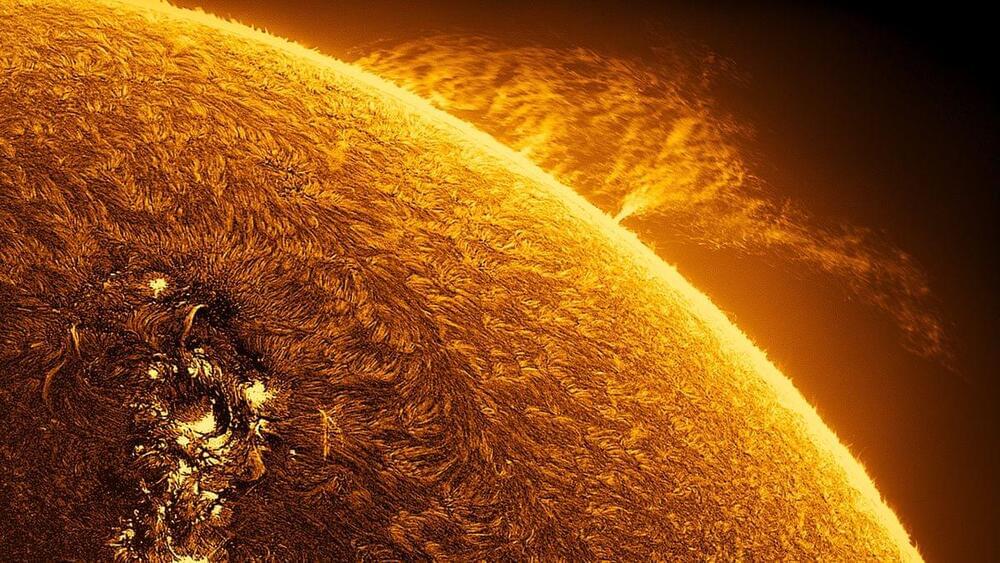
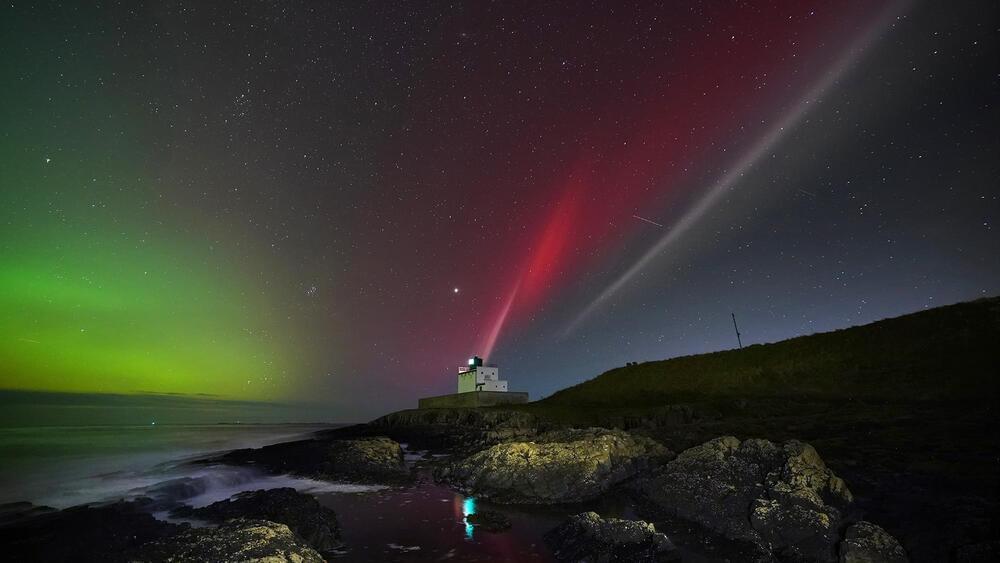
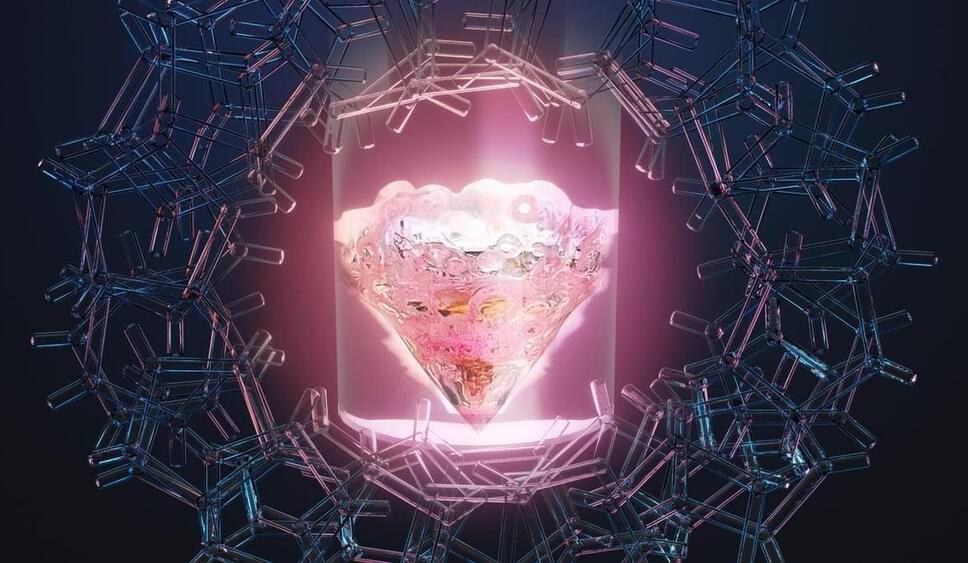
Promethium, one of the rarest and most mysterious elements in the periodic table, has finally given up some crucial chemical secrets.
By Mark Peplow & Nature magazine
One of the rarest and most mysterious elements in the periodic table has finally given up some crucial chemical secrets, eight decades after its discovery. Researchers at Oak Ridge National Laboratory in Tennessee have become the first to use radioactive promethium to make a chemical ‘complex’ — a compound in which it is bound to a few surrounding molecules. This feat of synthesis enabled the team to study how the element bonds with other atoms in a solution with water. Published May 22 in Nature the findings fill a long-standing gap in chemistry textbooks, and could eventually lead to better methods for separating promethium from similar elements in nuclear waste, for example.
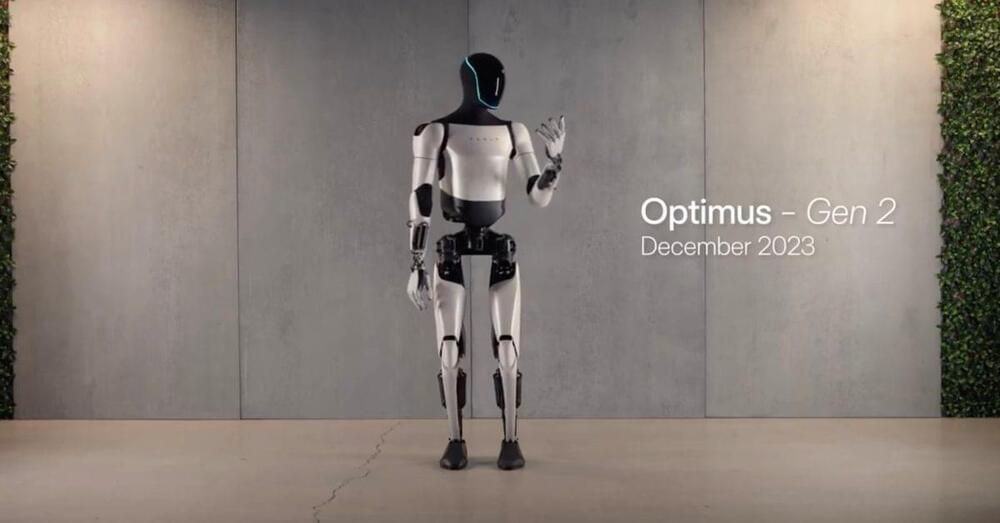
Tesla claims that it currently has two Optimus humanoid robots working autonomously in a factory, which would be a first.
If there’s one good thing about this compensation package mess going on right now is that it almost looks like Tesla has a PR department again.
Sure, its raison d’etre is almost entirely about trying to get Elon Musk his $55 billion pay package back, but at least, they are putting some more information about Tesla out there in the process.
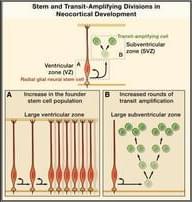
The size and surface area of the mammalian brain are thought to be critical determinants of intellectual ability. Recent studies show that development of the gyrated human neocortex involves a lineage of neural stem and transit-amplifying cells that forms the outer subventricular zone (OSVZ), a proliferative region outside the ventricular epithelium. We discuss how proliferation of cells within the OSVZ expands the neocortex by increasing neuron number and modifying the trajectory of migrating neurons.